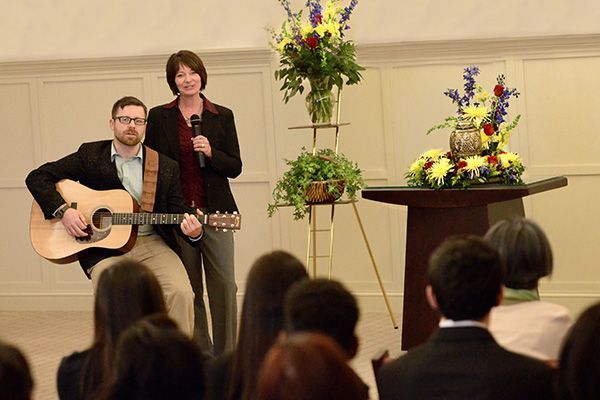Learn about types of cremation services
Nature's Symphony
More families are choosing cremation these days, but we have found that there is a lot of confusion about how it works. Here we will share some basic information to help you better understand what options are available. When you meet with us, your funeral director or advance planning advisor will share even more information that is specific to your needs.
The first thing to understand is that cremation can take place before or after a service. If you would like to have your loved one’s body present for the service in a casket to allow guests to say goodbye, you would choose to hold a funeral service before the cremation. This will seem very similar to the funeral services you may have attended over the years. But, instead of the family proceeding to the cemetery for burial afterwards, they may choose to hold a reception or luncheon. Cremation then takes place.
You may also choose to have a small gathering of immediate family only to say a simple goodbye, instead of a service, with your loved one’s body present in a simple container. Both of these types of gatherings would need to be held in the days immediately following the death.
If you do not want to have your loved one’s body present at the service, cremation will take place first, and then the service would be held. This kind of service is called a memorial service and can be held at any point following the death. Some families find this a convenient choice when family members do not live nearby, because it allows more time for travel and arrangements to be made.
Other families choose to have cremation only with no service or gathering. Your funeral director will share all of these options with you so you can make the choices that are right for you and your family.
After cremation, you will receive your loved one’s remains back in an urn of your choosing. The urn can be buried or placed in a structure called a columbarium in a cemetery or displayed at home. You may also choose to scatter the remains in a special spot. If multiple family members wish to keep a portion of the cremated remains as a token of remembrance, smaller urns and keepsakes such as jewelry urns are also available.
Choosing cremation offers flexibility and options to help you honor and say goodbye to your loved one in a meaningful way. Arranging cremation services in advance is a great way to review the possibilities while you have the luxury of time and do not have the burden of grief. We can meet with you anytime for a discussion of your options and help you put a plan in place. There is never any obligation or pressure to pay. Please call us if you ever have any questions and we’d be happy to help.









